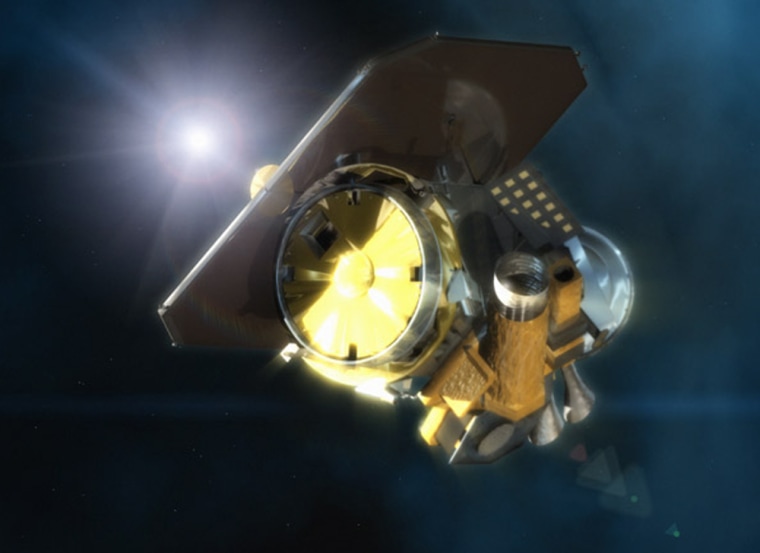A recycled comet-smashing probe has begun a new mission to seek out alien worlds beyond our own solar system.
The surviving mothership of NASA's Deep Impact mission, which released an impacting vehicle that slammed into a comet in 2005 to learn more about it, is now aiming its largest telescope at five different stars to catch a glimpse at any planets they may harbor.
"We're on the hunt for planets down to the size of Earth, orbiting some of our closest neighboring stars," said Drake Deming, deputy principal investigator of Deep Impact's planet-hunting EPOXI mission, in a statement.
Deep Impact trained its largest telescope on its first target on Jan. 22 to look for dips in the star's light, the tell-tale sign of a planet crossing in front of its stellar parent as seen from Earth.
"We can analyze this light to discover what the atmospheres of these planets are like," said Deming, a researcher at NASA's Goddard Space Flight Center in Greenbelt, Md.
Each of the five target stars on Deep Impact's list is known to host massive, close-orbiting extrasolar planets the size of Jupiter or larger, mission researchers said.
About the size of an mid-size sport utility vehicle, Deep Impact's flyby spacecraft carries two telescopic cameras — one for high-resolution and another for medium-resolution — which it used to observe the crash of its impactor probe into the Comet Tempel 1 on July 4, 2005.
The EPOXI mission is a combination of two separate science investigations designed to make the most of the Deep Impact spacecraft. In addition to the planet hunt, known as the Extrasolar Planet Observations and Characterization (EPOCh), the spacecraft is also en route to a swing-by of Comet Hartley 2 on Oct. 11, 2010.
The comet investigation, dubbed the Deep Impact eXtended Investigation (DIXI), will map gas outbursts from Hartley 2 and search for water ice.
